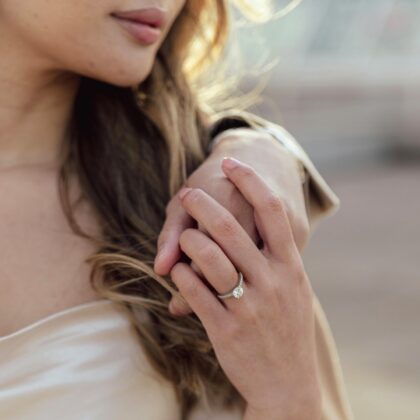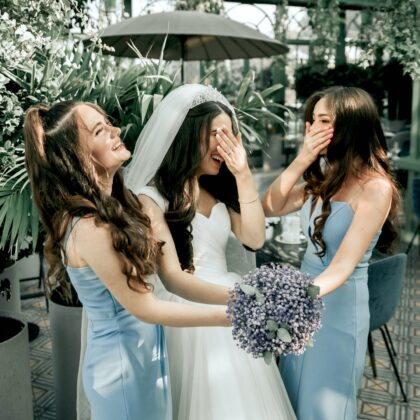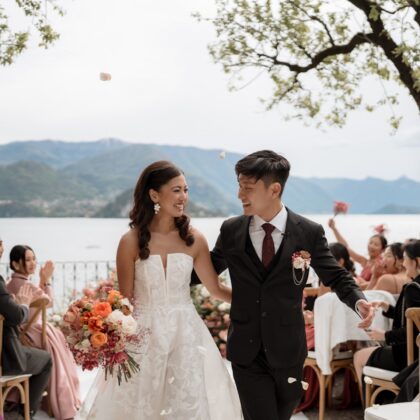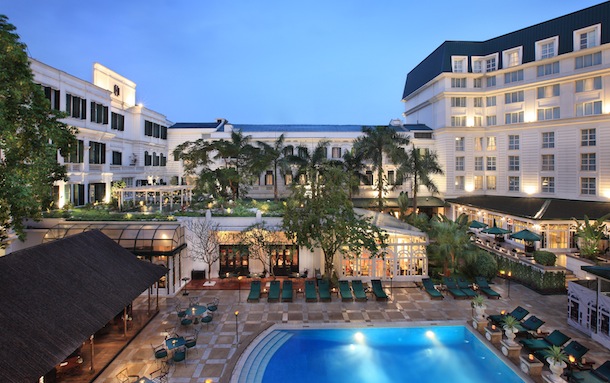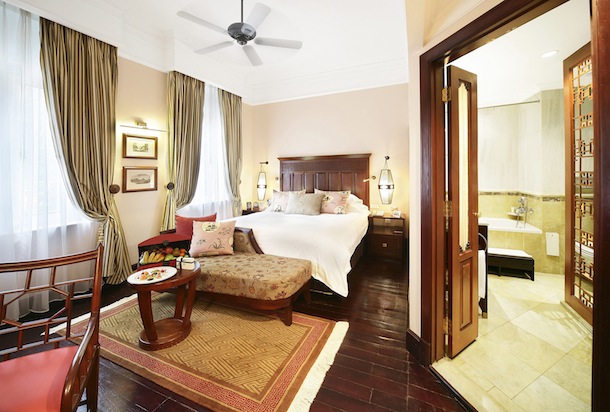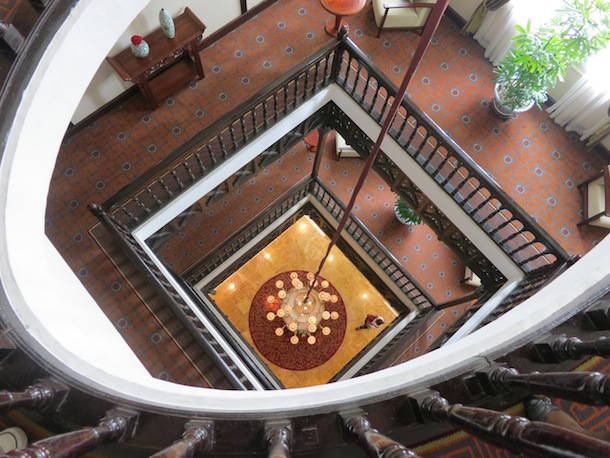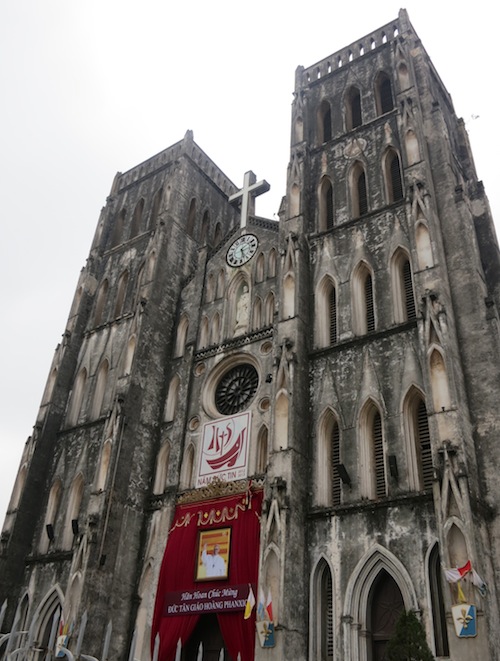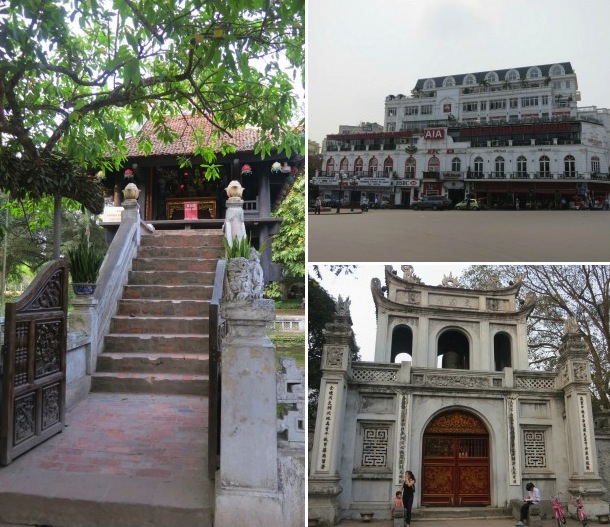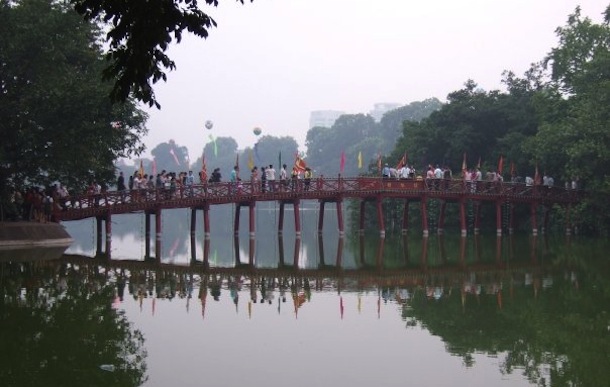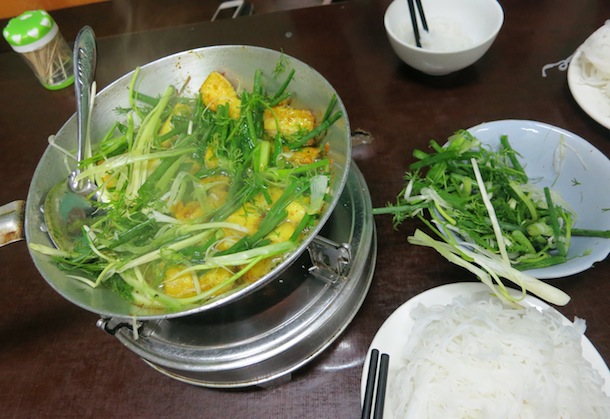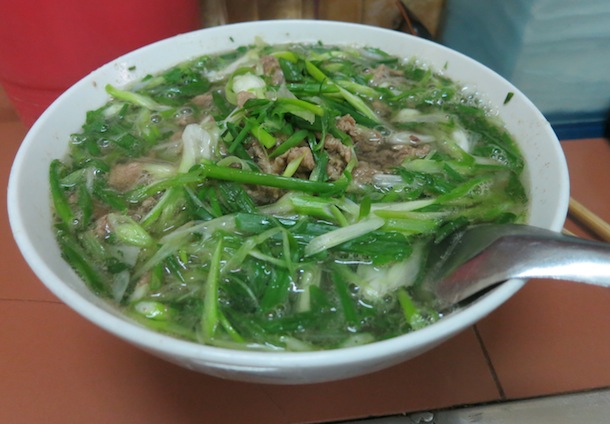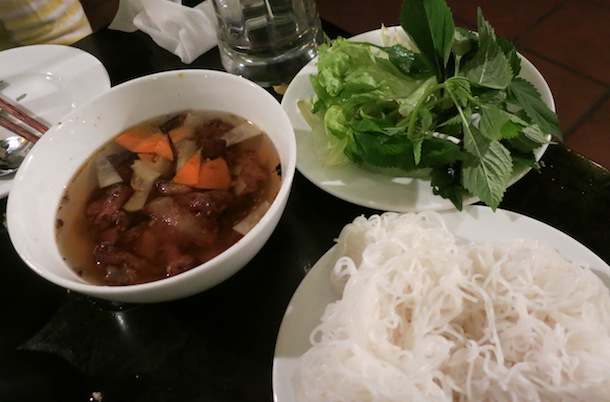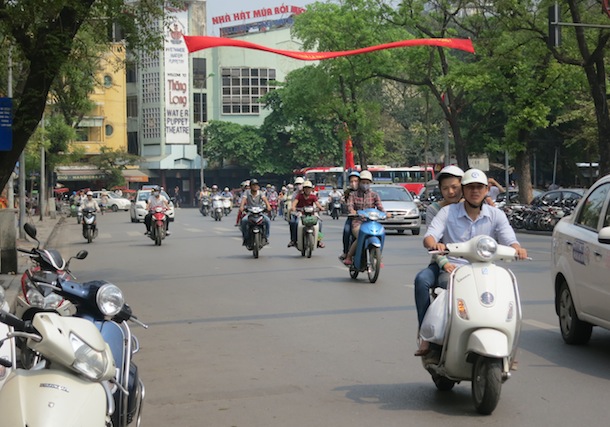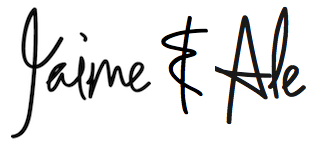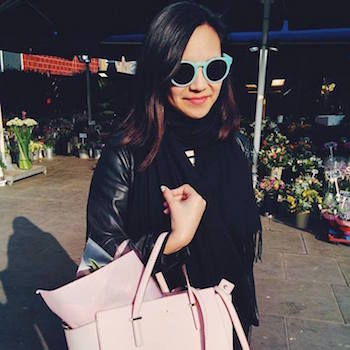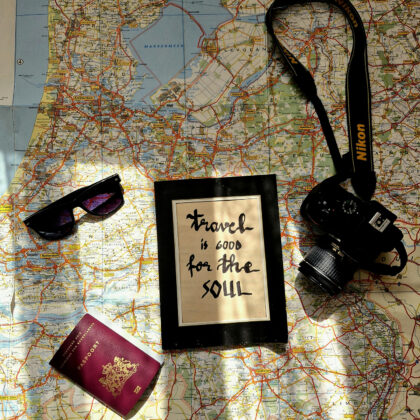One of the best things about living in Hong Kong is how a simple 90-minute flight can transport you from one Asian city to another, a whole world apart. Hanoi, the mystical North Vietnamese city, is the ideal distance for a fleeting city break with the perfect mix of relaxation, cultural sightseeing and delicious eating – so here’s Sassy’s Guide to Hanoi!
WHERE TO STAY
When choosing a hotel in Hanoi, there really is only one choice. The Sofitel Legend Metropole is the oldest and grandest; built in 1901, the building oozes history and heritage. Outside, colonial green shutters and iron awnings signal the splendour and luxury awaiting inside. Although sympathetically modernised, it’s like stepping into a time warp (in a good way!), with dark wood panelling, black and white tiled floors and vintage touches such as old-fashioned telephones that transport you back to the hotel’s heyday.
Its history is best experienced by taking a complimentary war bunker tour, which talks you through the evolution of the Metropole during all the recent wars. This culminates in a tour of the recently excavated bomb shelter discovered last year under the poolside bar, where many a celebrity holed down during the Vietnam War air raids.
Whilst the newer Opera Wing rooms are better for longer or business stays, we recommend staying in the historic wing. Dark wood is once again prevalent and all the mod cons are there for your convenience, but we were most excited by the beautiful antique-looking ceiling fan! The whole room seamlessly blends modern comfort with a retro-infused historic atmosphere.
Whilst some cities keep you out from dawn till dusk, Hanoi is exhilarating but exhausting – frequent returns to the hotel during the day are essential! Luckily, the tranquil palm tree-lined courtyard pool awaits, whilst you can also take relaxation one step further with the spa. Located next to the gym (a necessity in a city where food is top of the agenda!), the treatments really are top notch. We spent a morning perfectly soothed by our expert masseuses in our fully kitted-out spa rooms.
Finally, the hotel has three on-site restaurants. Although we didn’t fancy sampling French or Italian in this Indochine hub, we did try the lunch buffet in Spices Garden. It was a great introduction to the full range of local cuisine, although we learned later that real street food offered far more intense and deep flavours!
WHAT TO DO
Most tourist activity in Hanoi centres around the incredibly atmospheric Hoan Kiem Lake. We recommend spending your first day in the city sightseeing by using the lake as your focal point.
To the South end is the colonial feeling French Quarter, which oozes residual French touches from the pre-independence days (where the Metropole is located). Sights to take in here include the Opera House (only open during performances), St Joseph’s Cathedral (above), the Hoa Lo Prison and the Bach Ma Temple; together, this should give you a broad insight into the French and Vietnamese histories of the country as well as a starting point on the war trail.
Towards the north of the lake, once you’ve grabbed a coffee at a lakeside café on the North West corner, allocate time for wandering the bustling streets of the Old Quarter. Hundreds of shops, restaurants and stalls line the higgledy-piggledy streets with their Disney-esque, impossibly narrow, tall buildings. Time your day to catch the sunset over the lake from the City View Café at its Northern end, before wandering down to the night market located along Hang Dao Street.
On another day, grab a cab to the Botanical Gardens, where you can catch a dose of history education by visiting the Ho Chi Minh Mausoleum, Military History Museum and Ho Chi Minh’s Stilt House. For a touch of tranquillity, pop by the One Pillar Pagoda (above left) and then wander down to the hauntingly beautiful Temple of Literature (above, bottom right).
Another mini-excursion worth the trip is to catch a taxi up to Xian Dieu Street by the West Lake and spend some time simply ambling around the edge of the lake.
Last, but certainly not least, EAT! We did not plan our days by what sights we wanted to see… we planned our days by what restaurants we wanted to go to (and then saw whichever sights were conveniently located around them!).
WHAT TO EAT
Cha Ca La Vong 14 Cha Ca Street, Old Quarter
This 135-year-old restaurant has been serving one dish and one dish only since its inception. Thankfully, this dish of grilled turmeric fish with dill and spring onions, served with roasted peanuts and cold rice vermicelli, is absolutely delicious! The fish is brought to your table in a piping hot charcoal-fuelled pan, allowing you to cook it to your liking. Although the quality of the dish has remained constant since the beginning, the prices have obviously gone up, though still only to just above street food prices. Beware of Cha Ca La Vong copies, as restaurants claiming the same name are all along this street!
Quan An Ngon 18 Phun Boi Chan, French Quarter
This slightly Westernised open-air food court serves every kind of Vietnamese street food you could ever wish for. Around the edge of the restaurant are individual ‘street’ stalls, each serving up their speciality, including pho, nems, salads, claypot dishes, bahn mi, or our absolute favourite, Vietnamese pancakes stuffed with pork and shrimps – they were so good that we had to go back to get another pancake fix just before our flight back to HK! Walk from stall to stall to get an idea of what you want to eat, before choosing from the a la carte menu. Staff here are clearly used to Westerners and do a good job at giving recommendations and explanations.
Pho Thin 13 Lo Duc, French Quarter
Without a shadow of a doubt, Pho Thin serves the best beef pho we have ever tasted and probably ever will – all others are now forgettable in comparison! The slightly smoky beef is joyously tender, whilst the broth has been simmered for days, resulting in a rich, warming, perfect soup. Again, Pho Thin only serves this one dish, but when it tastes this good, why would you want anything else?!
Highway 4 5 Hang Tre, Old Quarter
This place was supposed to be our second dinner on day two (yes, we had scheduled in five meals per day!) but alas, too much food earlier in the day meant calling it off (probably a good thing really!). We returned to check out the menu later, and whilst the food looked expensive and quite Westernised (it claims to be ‘fusion’), the real draw at Highway 4 is apparently the great atmosphere on weekend evenings, made even better by their speciality rice wine.
Other foods you must try in Hanoi include:
• Bun cha – grilled pork served with rice vermicelli and lots of fresh herbs. You can have this at Quan An Ngon, but many street stalls specialise in this dish alone. Try one little place near the shopping centre on Xuan Dieu Street.
• Hanoi’s version of a crème caramel – wonderfully sweet and creamy.
• Banh xoai dua (coconut and black sesame balls) – a simply amazing blend of savoury and sweet.
• Warm coconut milk with banana and sesame – need I say more?!
USEFUL INFO
• The currency here is the Vietnamese Dong, but most larger places also accept US dollars. Taxis can easily be grabbed at the airport but make sure you agree to a fixed fare (350,000 VND at the time of writing) before getting in. At all other times, ensure taxis put the meter on.
• The weather is similar to that of HK; it can get cold over winter months and rain a lot some months of the year, so do your research and pack appropriately.
• Be warned – crossing the road is an art form! Wait for a quieter patch, then walk at a constant speed, and the hundreds of mopeds will expertly skirt around you.
• At certain temples and pagodas, women must have their knees covered.
• Although most of the street food is delicious, do be wary (particularly those with weaker stomachs) of eating certain things when you have no idea what they are! I made the mistake of doing this at one street stall, which served what turned out to be minced foie gras, and was very ill on the flight home. Also be careful, as in any developing country, with water and ice – always drink bottled water and if in doubt, ask for ‘no ice’.





 Eat & Drink
Eat & Drink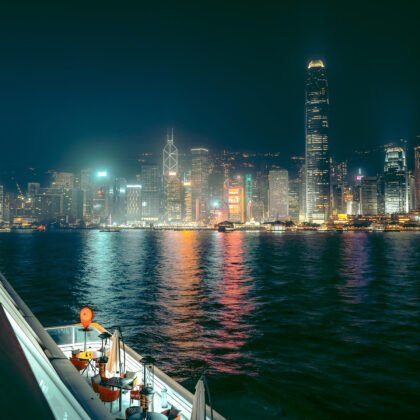
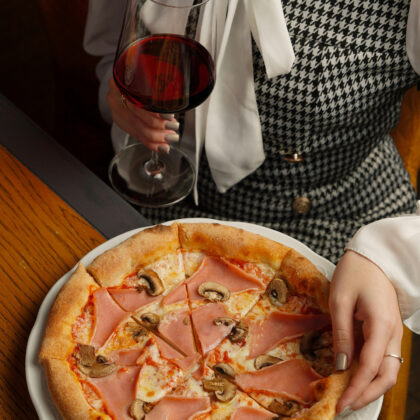
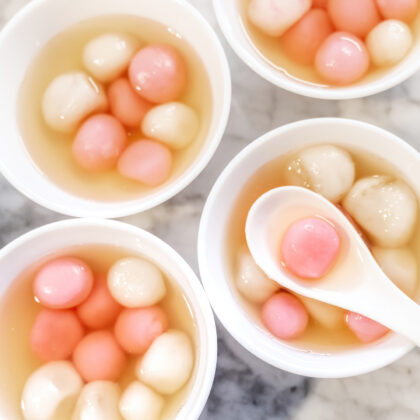

 Travel
Travel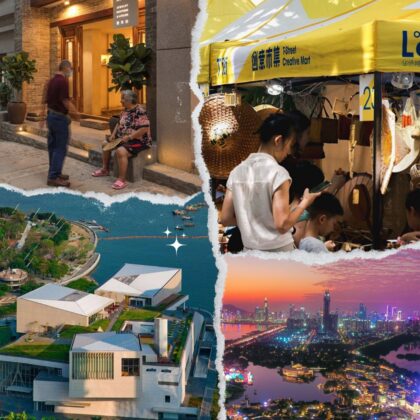
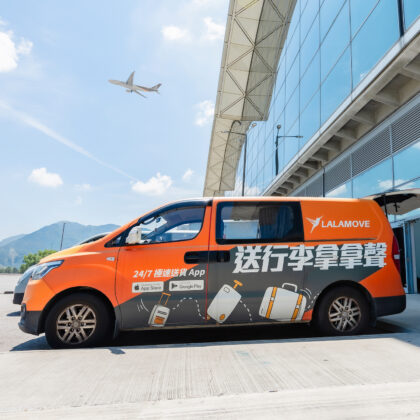

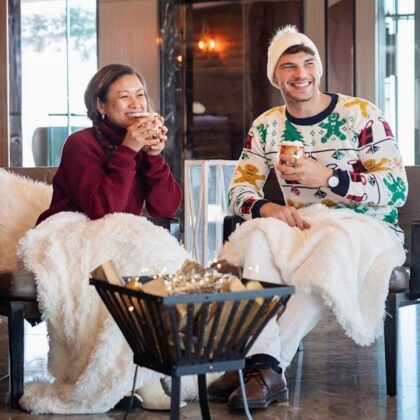
 Style
Style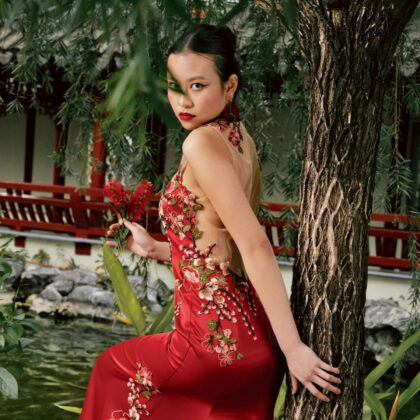
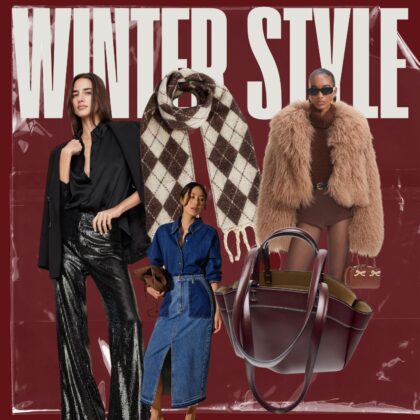


 Beauty
Beauty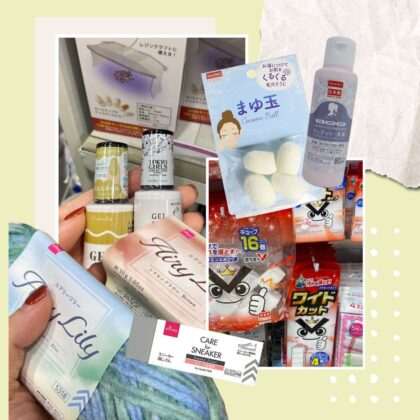
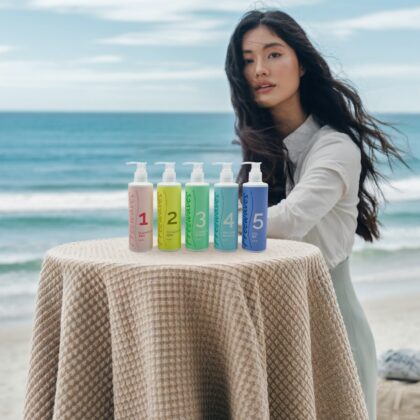
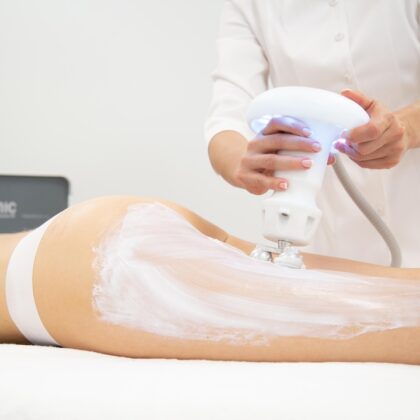
 Health & Wellness
Health & Wellness
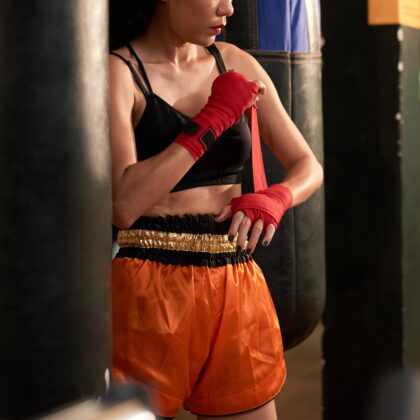
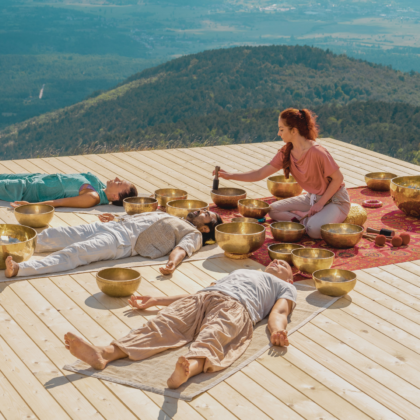

 Home & Decor
Home & Decor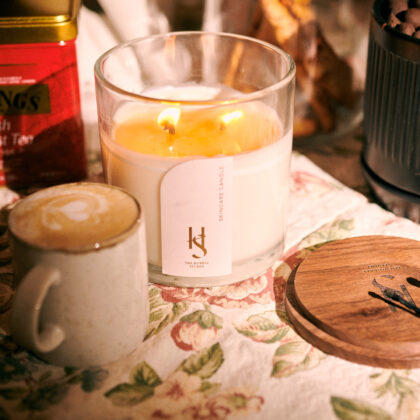
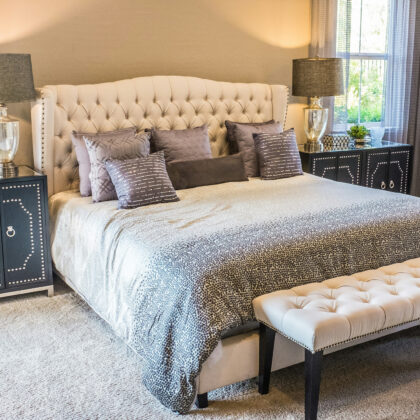
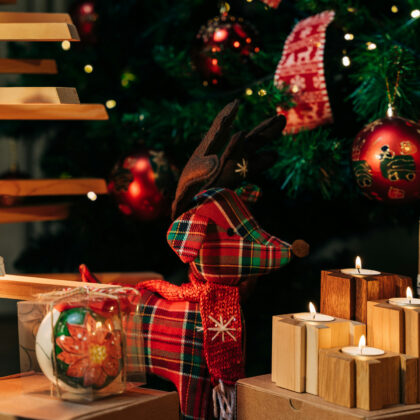
 Lifestyle
Lifestyle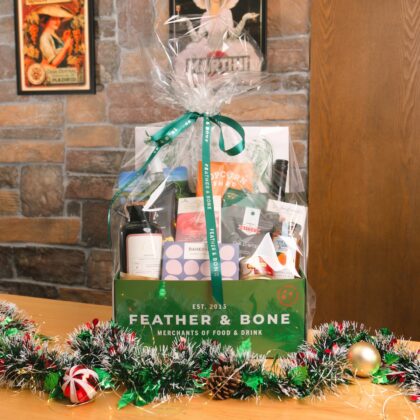



 Weddings
Weddings